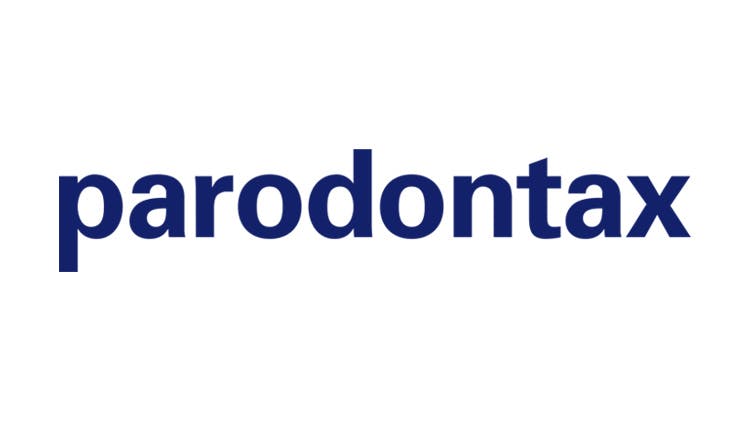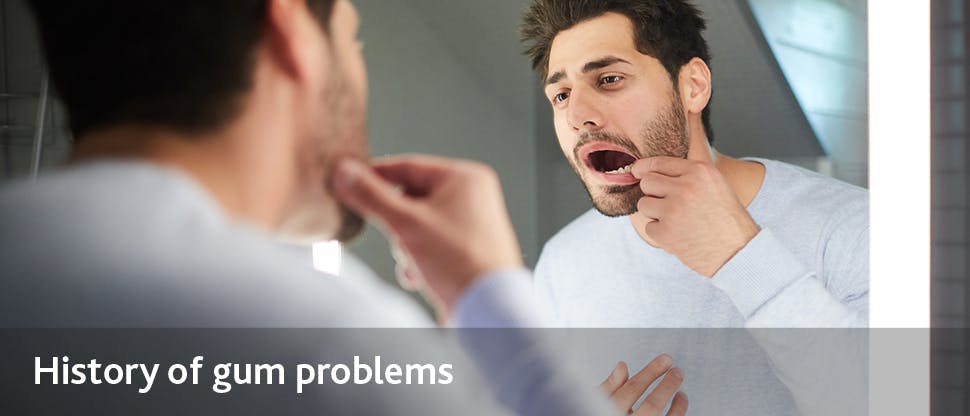The role of chlorhexidine in managing patients at risk of periodontal disease

Could chlorhexidine mouthwash be a key tool in preventing the progression of periodontal disease for patients who are at risk?
The recent review of the global periodontal classification once again highlighted the discussion around the role of patient history and risk factors in determining the likelihood of gum disease progression. Could the short-term use of an adjunctive antibacterial agent such as chlorhexidine, in addition to daily plaque removal through brushing, act as a fire break to prevent disease progression for these patients and reduce the burden of periodontal disease?
Read on to learn more
How prevalent is gum disease?
Gum disease is a condition that globally we are struggling to eliminate. The main cause (poor oral hygiene resulting in plaque build-up)1 and the solution (removal of that bacteria through daily brushing, interdental cleaning and PMPR*) are recognised consistently across the dental profession.2 However, the prevalence of gum disease remains stubbornly high. The global burden of disease study 2019 ranks periodontal disease as the 7th most prevalent condition globally with 1.09 billion prevalent cases in 2019.3
It is widely recognised that, whilst all periodontitis is preceded by gingivitis, not all gingivitis will progress.4,5 This insight could highlight the opportunity to reduce incidence through early preventative measures.
So, what are the key factors that we need to be aware of which can influence this balance? And how can we tailor our advice to specific patients?
Commonly established factors for progression include smoking which, in spite of the public health campaigns, continues to be a risk, even for young people. In the UK the likelihood of being a current smoker is highest in younger age groups – adults 25-34 were most likely to smoke and 65+ least likely.6 In the US 23.6% of high school students claimed to currently use any tobacco product, 4.6% to using cigarettes.†7 1.6% of middle school students in 2020 claimed to currently use cigarettes.†7From a global perspective, over 80% of the 1.3 billion tobacco users worldwide live in low- and middle-income countries.8
Who are at risk patient groups for developing gum disease?
Are there potentially other risk factors for gum disease increasing in importance?
Lifestyle factors are increasingly being recognised as key influences on the risks of developing gum disease, including obesity and poor diets which are high in fat and low in nutrients.1,9 Hormonal factors, including those in pregnancy, as well as pre-existing conditions such as diabetes also play a role.1,9 Read more about lifestyle-based risk factors for the development of periodontal disease.
We have seen these risk factors play out in economically advanced economies including in Europe and the USA where, despite dental attendance and significant public health campaigns, rates of periodontal disease remain consistently high.10-13
Added to this, improvements in oral health have meant people retain natural teeth for longer14,15 which means that even in an ageing population the absolute prevalence of periodontal disease continues as periodontal health declines with age.15
Whilst these factors may lay outside the control of the dental profession alone, they need to be borne in mind when considering options for treatment of gingivitis and prevention of periodontitis.16 Future management could include a more collaborative professional approach involving a multi-disciplinary healthcare team including those in the dental practice.
To what extent can these risk factors be an indicator of the need for adjunctive treatments in addition to mechanical plaque removal?
In 2017, as part of the Global Periodontal Classification Workshops, the group formally recognised a difference in management required for patients with a history of gum problems (reduced periodontium).16 Could inflammation caused by plaque in gingivitis be more of a risk for these patients?16 Could this tip the balance of a need to intervene with adjunctive therapies?
The FDI prevention and patient management tool, as part of their global periodontal health project, uses risk factors including smoking, age and diabetes, in addition to plaque and pocketing scores to develop a risk profile for periodontal disease from mild to severe.17
Since then, the EFP has developed the S3 Treatment Guidelines for the Management of Periodontitis.2 As part of this there is the recommendation for the use of an antibacterial agent as an adjunct to daily oral hygiene for some patients.17
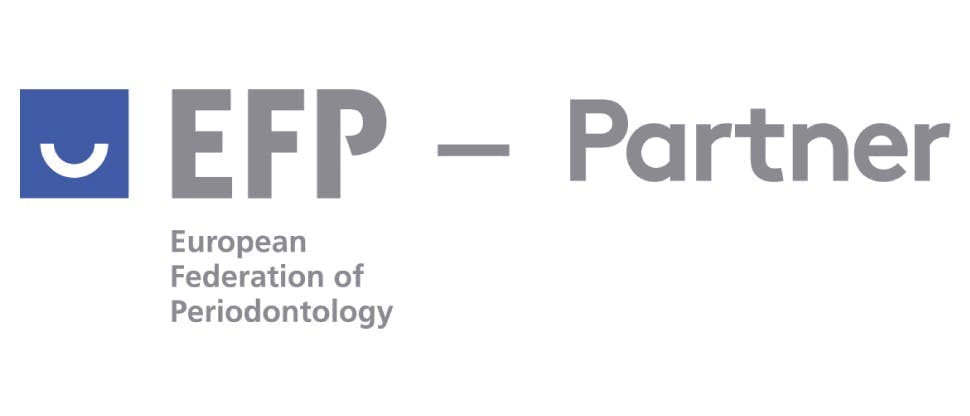
The EFP S3 Level Clinical Practice Guidance2
STEP 1 (behaviour change for all patients)
Includes ‘adjunctive therapies for gingival inflammation’ and risk factor control in addition to supragingival dental biofilm control, OHI and PMPR.
STEP 2 (for teeth with loss of periodontal support and/or pocket formation)
Aimed at controlling subgingival biofilm. May also include use of adjunctive chemical agents, host-modulating agents, subgingival locally-delivered antimicrobials, use of adjunctive systemic antimicrobials.
EFP S3 Level Guidelines for Stage I-III periodontitis
Intervention: Use of adjunctive chemical agents to subgingival instrumentation. Adjunctive antiseptics may be considered, specifically chlorhexidine mouth rinses for a limited period of time, in periodontitis therapy, as adjuncts to mechanical debridement, in specific cases.
Supportive periodontal care: Which antiseptic is most effective in mouth rinses?
If an antiseptic mouth rinse formulation is going to be adjunctively used, we suggest products chlorhexidine, essential oils and cetylpyridinium chloride for the control of gingival inflammation, in periodontitis patients in supportive periodontal care.

On this basis could chlorhexidine help to prevent disease progression for patients considered ‘at risk’ for developing gum disease?
If these patients are more susceptible to the impact of bacteria in the mouth, the adjunctive use of antibacterial agents, alongside mechanical plaque control, could help reduce the level of plaque build-up and make the difference to preventing progression. This is particularly relevant for patients who struggle with home plaque control.17

So why consider chlorhexidine mouthwash for at risk patient groups?
Chlorhexidine is a well-established antibacterial agent with a mode of action which enables both rapid antimicrobial and substantive action.18,19 Importantly the clinical support for chlorhexidine mouthwash has been proven to deliver patient outcomes including 68% reduction in gingival index at 4 weeks following supragingival PMPR.20 It is also proven to reduce gingival bleeding, plaque index and ‘visible plaque’ post periodontal surgery.21 The mouthwash format also enables access to areas of the mouth which may be hard to reach with brushing as well as the broader mucosal surfaces.
Dr Matteo Bassos highlighted the unique properties of chlorhexidine in a recent EFP webinar where he observed that in vitro the effect is similar to other antibacterial agents, however in vivo it is a different story due to the higher substantivity in the mouth.22 He notes that the efficacy is such that chlorhexidine can be used when mechanical hygiene cannot be performed e.g. after surgery.22
Chlorhexidine is not for all patients and is not without side effects,18 however there are patients for whom early intervention could offer an improved patient outcome.2 In this instance the balance is in favour of treatment.
For many, good oral hygiene with interdental cleaning, supported by PMPR should allow plaque, and therefore inflammation, to be controlled.2 However, there are patient groups who either through a history of disease (reduced periodontium) or as a result of risk factors such as diabetes, a compromised immune system or poor manual dexterity may need additional intervention to ensure the path to health.16 This is recognised by the FDI in the prevention and patient management risk assessment tool which can be viewed here.17
As we strive to address the shift in potential risk factors for periodontal disease, interventions such as the professional recommendation of a short-term adjunctive chlorhexidine mouthwash could help to provide the firebreak for reducing inflammation and guide patients to improved gum health.
Explore more resources for gum health

The Science of Chlorhexidine Digluconate
Find out more about the science of Chlorhexidine Digluconate.
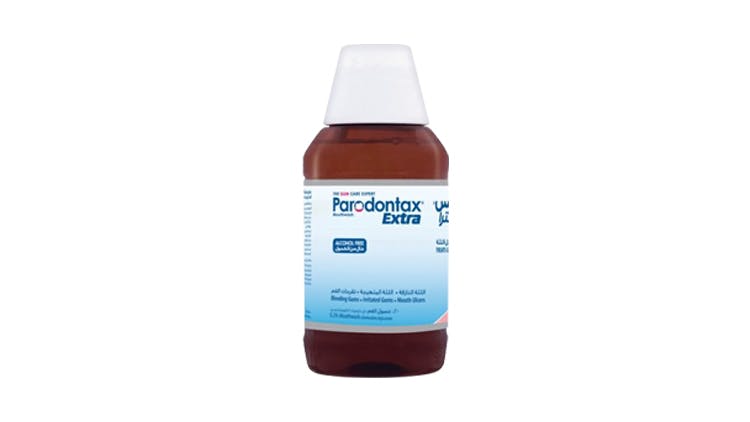
Parodontax Mouthwash Treatment Range
Learn more about the Parodontax Mouthwash Treatment range.
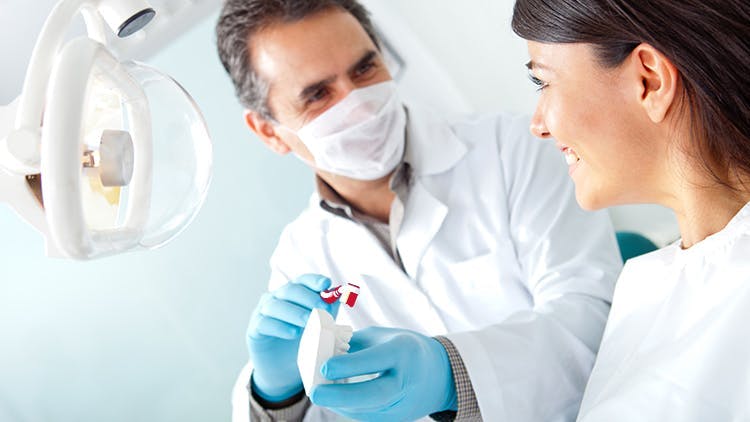
Gum Health Condition Overview
Read more articles about gum health symptoms, risk factors and management.
